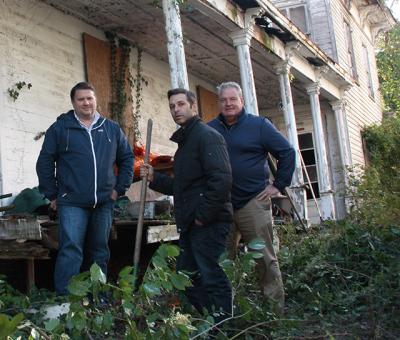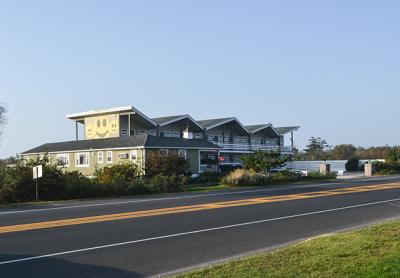Dick Cavett Unhurt in Montauk Crash
Dick Cavett Unhurt in Montauk Crash

A vehicle in which Dick Cavett and his wife, Martha Rogers, were passengers was struck by a 2000 Ford pickup truck late Wednesday afternoon on Montauk Highway, about 150 yards east of the Hither Hills overlook.
Ms. Rogers, 64, suffered multiple lacerations on her head and face and was taken to Southampton Hospital to be treated. Mr. Cavett, 79, and the driver of the 2012 Toyota sedan were unhurt in the accident.
According to East Hampton Town police, the driver of the truck, Sean Connor Turner, 19, of Manhattan, had pulled onto the shoulder in the eastbound lane, in order to make a U-turn. He pulled out, police said, not seeing the eastbound car Mr. Cavett and his wife were in. The driver of that vehicle was Yi Wang, 53, of Great Neck. Mr. Wang told police he tried to avoid the crash by swerving to his left, but was not successful. The car then veered off the road and into a tree in some woods south of the highway.
The crash occurred around 4:30, as the sun was dropping lower in the sky. Police noted that glare from the sun played a role in the accident, but also said Mr. Turner was making an improper turn. The report does not state whether any summonses were issued. Mr. Turner and his passenger, Bailey Sullivan, were not hurt.
The accident occurred about a mile west of the site where a Montauk woman, Janis Hewitt, was killed in a car accident the day before.







